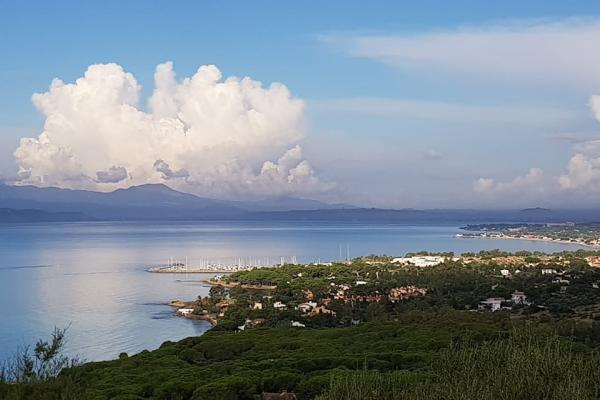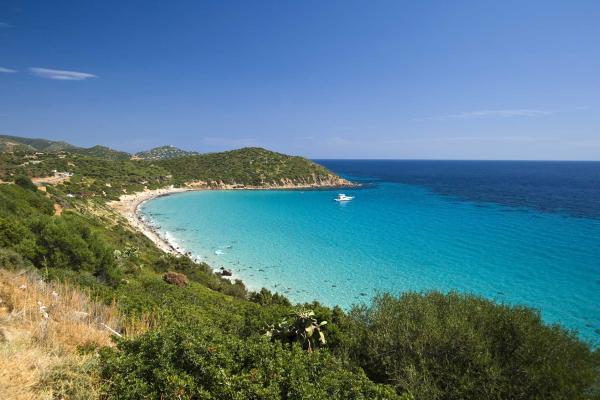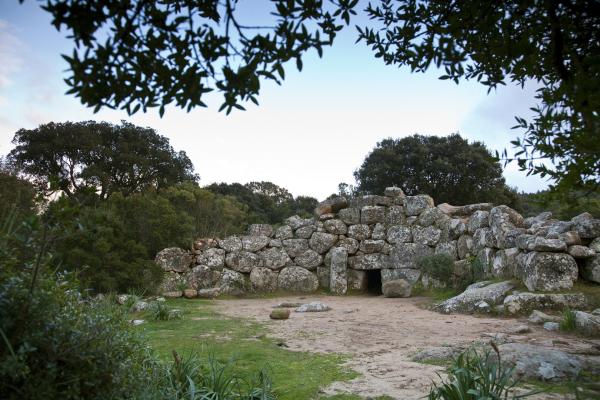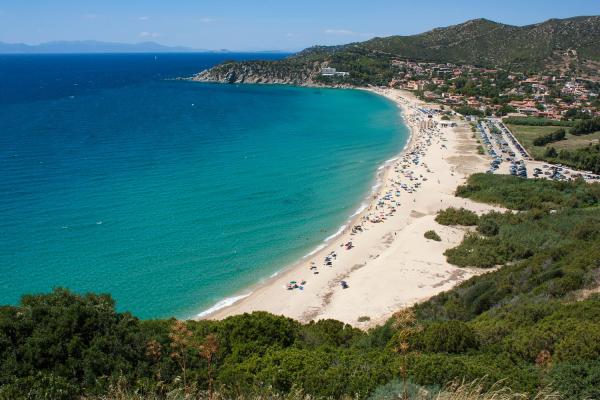The hills and coastline of Quartu Sant'Elena are home to 38 Nuragic settlements, the most beautiful of which is the Nuraghe Diana, dating from the middle of the 2nd millennium BC between the Late Bronze and Early Iron Ages and built to guard the Nuragic port. The Nuraghe Diana complex is unique, as the wall enclosing the inner courtyard was designed and built at the same time as the tower toppoed with a tholos false dome and the other two smaller connected towers. This modus operandi makes it unique among nuraghi that were expanded over time and only later were the other buildings annexed to the central tower. The construction technique is also an enigma, revealing unusual architectural and stylistic skills, a quest for beauty and a challenge to the laws of physics.

Nuragic or pre-Nuragic archaeology
Guarding the Gulf of Cagliari, from prehistoric times to the modern era, from a crossroads on ancient seafaring routes to an arena of contention for pirates and privateers and the scene of the Second World War
Guarding the Gulf of Cagliari, from prehistoric times to the modern era, from a crossroads on ancient seafaring routes to an arena of contention for pirates and privateers and the scene of the Second World War
See this place because...
Discover a unique nuraghe, the star of thousands of years of historical events, watching over the sea from its vantage point
Ti piace questo luogo? Cagliari potrebbe essere la tua meta ideale.
You may also like
More attractions in the vicinity
Nearby hotels and accommodations

QUARTU SANT'ELENA
0 km

QUARTU SANT'ELENA
1 km

QUARTU SANT'ELENA
1 km













